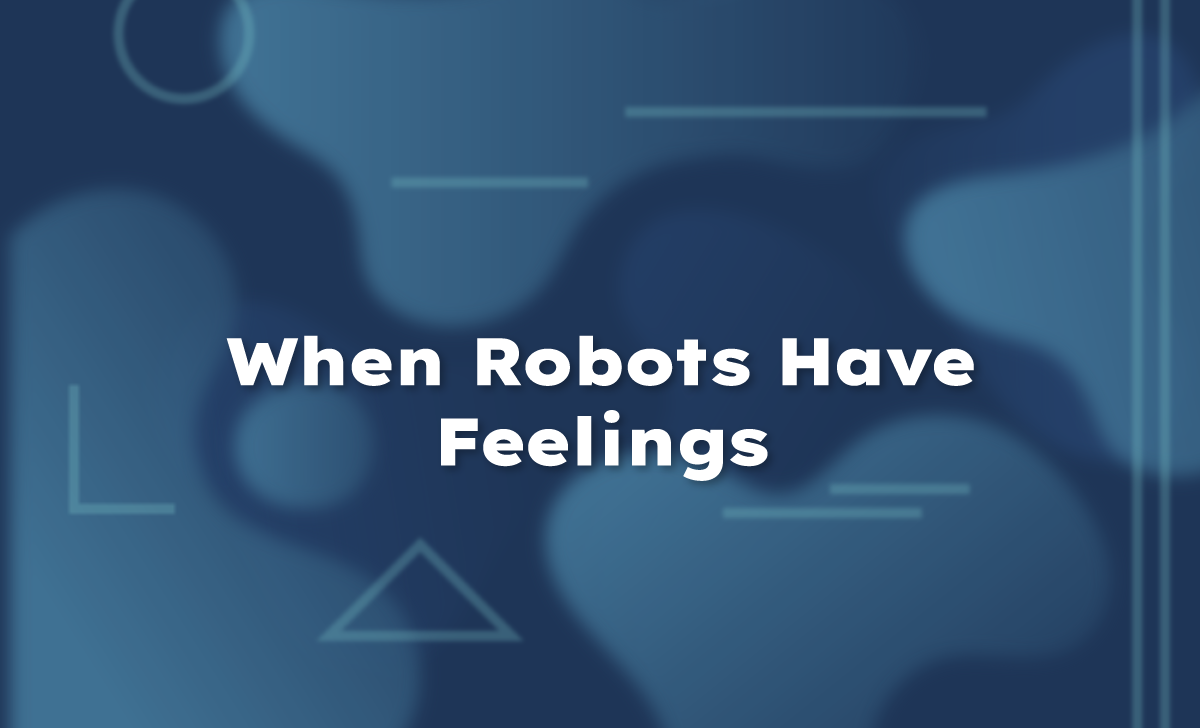When Robots Have Feelings
Founders are taking advantage of the new remote-first world to rethink personal interactions and push the boundaries of what can be automated. Enter: “people-ops-as-a-service.”

Before a company makes its first full-time HR hire, there’s an awkward gap without any one person owning onboarding, feedback systems, company culture, or the many other aspects of employee experience. In the interim, these tasks tend to fall to operations, so I’ve been thinking about how to run them more efficiently. They’re not easy to delegate and they shouldn’t be ignored, so software seems like the next best solution. We’ve covered PEOs, which do a great job of automating payroll, benefits, and more company infrastructure-related items. But what about the other parts of People Operations?
The Space Is Hot
It seems that I haven’t been alone in this desire for efficiency, as a new batch of companies has popped up to fill the demand for “people-ops-as-a-service.” Between cold emails, LinkedIn outreach, and even responses to this newsletter (thanks, Quidli!), signs show that founders are taking advantage of the new remote-first world to rethink personal interactions and push the boundaries of what can be automated.
Grow, for instance, started from a desire for easier feedback in the workplace. By using their templates as a jumping-off point when giving feedback, employees are more likely to share their thoughts, both good and bad, with one another, leading to lower turnover and higher satisfaction. Employees are still writing the content of the feedback themselves, but the Grow frameworks ensure best practices without needing to train the team.
Enhancing some of these less tangible aspects of employee experience over to software means that there are additional opportunities for analysis. Grow found that companies touted as having the best culture are more likely to request feedback from one another, reply to feedback after it is given, and share feedback for accountability. Monitoring these metrics over time through a platform gives clear measurements of your culture to help you understand what is going well and where there are opportunities for improvement.
When To Automate HR
The best time to spend time automating is right before a spike in hiring. The more people you throw at processes, the more likely they are to break, so thinking about scalability early may delay the inevitable a little longer. Team size or company stage may be less important than attitude toward automation and time allocated. Gather, an agile team creating people operations workflows (think work anniversary reminders and onboarding buddies), is specifically built for teams who are “eager to build the right foundations but don't have the resources to do it well.” Cofounder, Alex Hilleary, said of their process:
All along the way, we keep a very operational mindset, helping folks think about scalability and the long run. We love to ask, ‘Sure, this onboarding program works for you as a 20-person team, but will it still be a base program you can iterate on as a team of 100, or will it completely fall apart in 2 years?’
Notice when you are beginning to repeat processes and use those as the starting point for what to automate. Onboarding is a common focus because it’s extremely telling of your company culture and every new employee will experience it. The point should not be to eliminate tasks, rather to make more comprehensive and repeatable processes.
When Not to Automate
When Facebook first offered the option to automatically post birthday wishes on a friend’s wall, I wondered what the point of the gesture would become. Was it somehow more meaningful to me if the friend typed out the message versus clicking a button to have Facebook generate the post? The answer was a yes, even if the end result was the same.
Ryan Sydnor, Cofounder at Grow, agreed that automation can help people transform into more ideal versions of themselves by not forgetting important birthdays or opportunities to share feedback. However, too much automation can come at the cost of making things impersonal. Empathy goes a long way in creating the bonds needed to create a productive work environment, so more vulnerable moments, such as hiring or firing, still need a human touch.
The Future of People Operations
So what does the future of automating People Operations look like? Christina Rosivack, Director of Customer Success at Ethena — a company tackling harassment prevention training — predicts continued growth in tech giving early-stage companies access to benefits previously reserved for larger, more developed organizations. She went on to add:
Employee experience and the creation of a positive workplace are top of mind across startups, and gone are the days when a ping pong table and free snacks pass muster. There’s a greater desire for benefits that align with personal values, but the overhead of these tools can be exorbitant for a small team. Tools bridging this gap help companies better retain top talent.
In the end, these products can only take the input we give them. Someone has to decide that the product is a good fit. Someone has to decide the tool is worth the expense. Someone has to think through the steps that go into the onboarding checklist, decide the mile markers to celebrate, and plug in the information. Even in an automation-friendly culture, a human will always be in the loop to design the process. Automation may just help us remember what we decide matters. Focus on getting the culture right and let the machines take it from there.